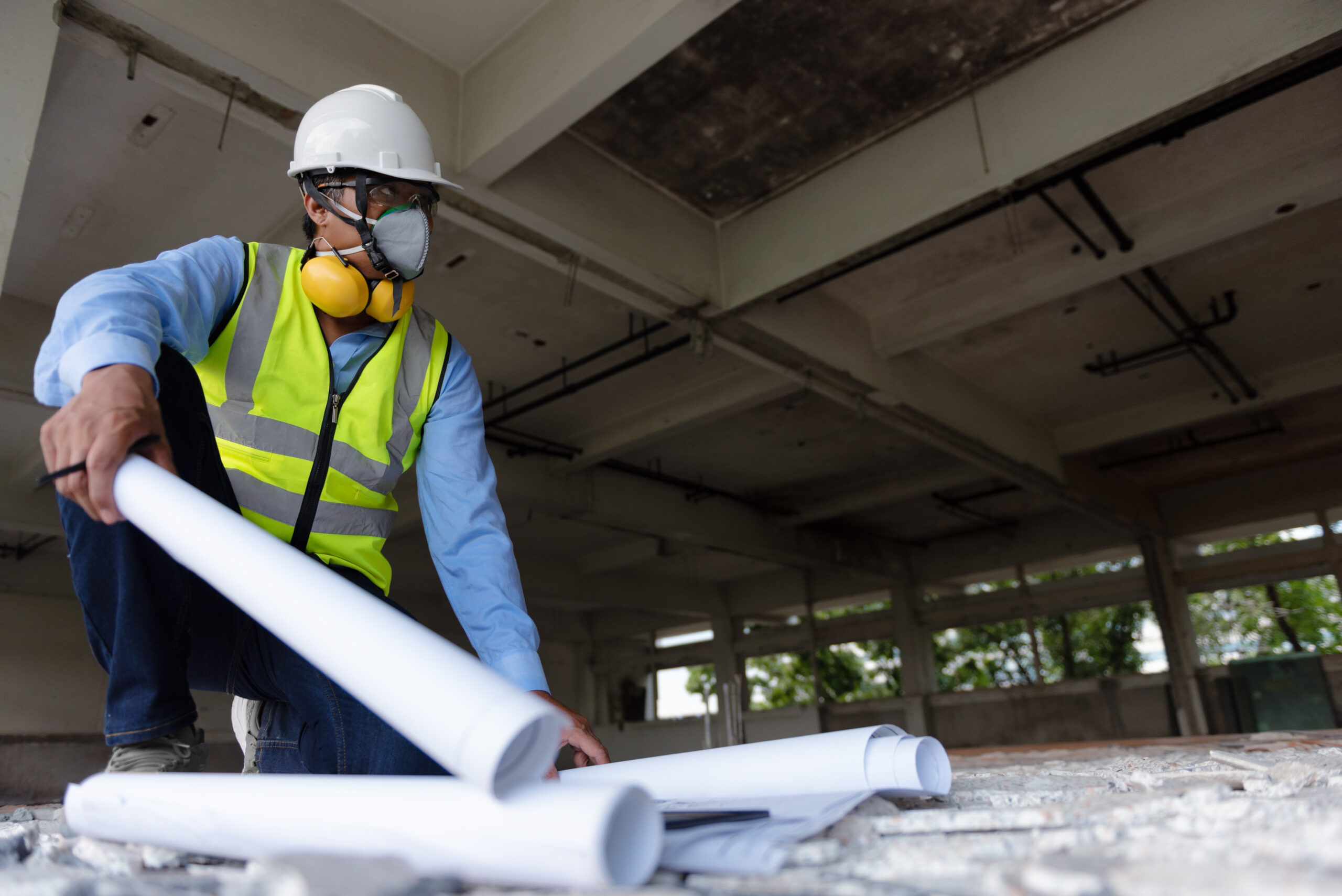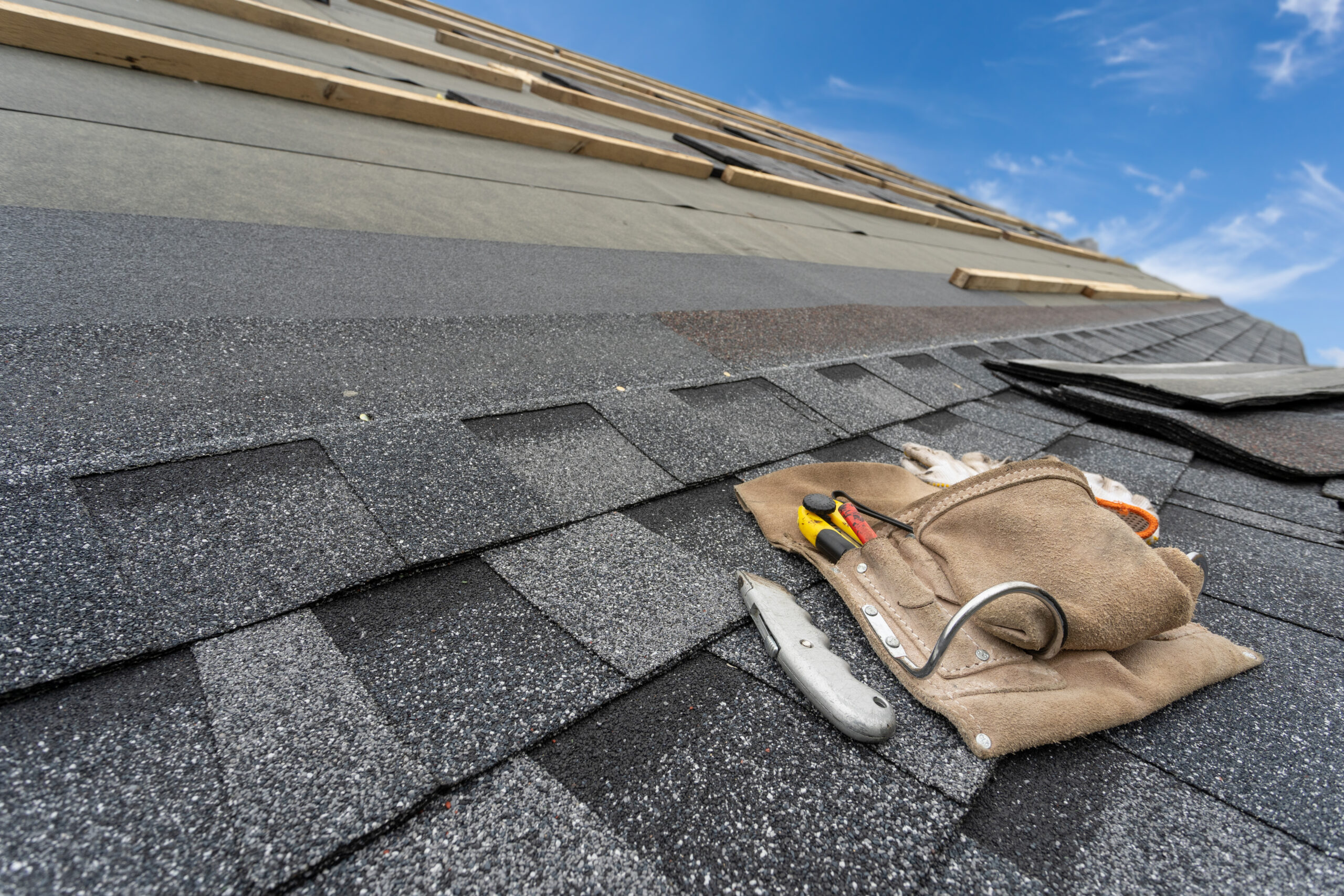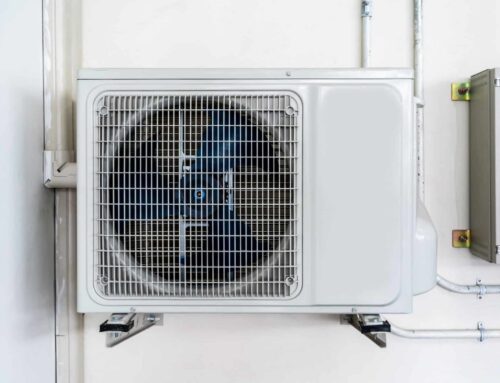R-value is a measure of thermal resistance, or the ability to prevent the transfer of heat. The larger the number, the harder that insulation is working at preventing heat conduction. The less heat loss, the lower your energy bills.
Heat moves in three ways: conduction, convection or radiation.
R-value addresses conduction: the transfer of heat through a material (your walls).
Convection occurs when heat and moisture move, and this happens when a home’s envelope — siding, sheathing, walls — are not tight. Convection issues are solved by air-sealing a home.
Radiation is when heat flows from a hotter material to a cooler one. For example, black roofing attracts heat and transfers it into the attic.
While a higher R-value is important for providing a thermal barrier (preventing conduction), it does not address radiation or convection. Only by air-sealing the home, improving insulation and addressing radiant heat on the roof can a home reach optimum energy efficiency.
Upping Your R-Value
Insulating your home will improve its R-value and help conserve energy, regardless of other air-sealing efforts you make. Every little bit helps.
Choosing insulation. The most common types of insulation on the market today are fiberglass batting, cellulose (paper fiber) and spray. Spray foam provides higher R-values but tends to cost quite a bit more. Ideally you apply spray on the outside surface, which is difficult for most people because their homes have siding or brick — an impediment for installation.
Aim for high standards. Generally speaking, walls should be R-19 and the roof should be R-30 or R-40. You can kick that up and shoot for standards set by the Passive House Institute US — R-30 walls and an R-60 roof.
Think beyond R-value. As you explore ways to tighten your home and prevent heat transfer of all kinds, improve the building envelope with more secure siding and better roofing that will prevent convection and radiation.




